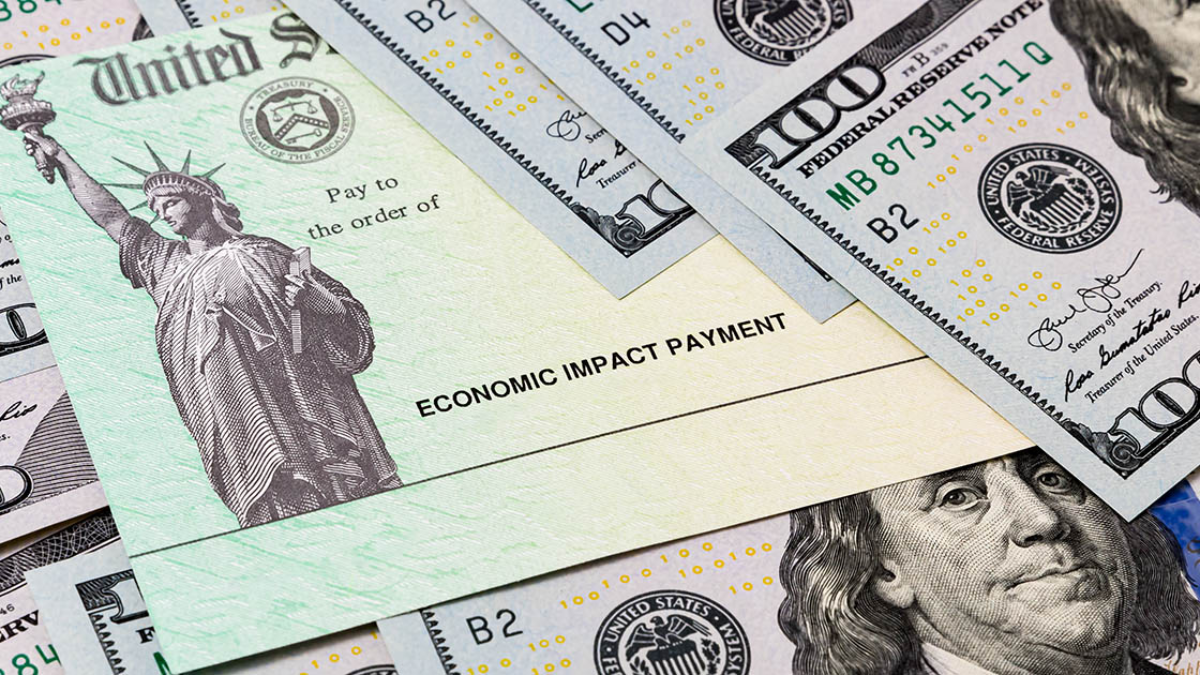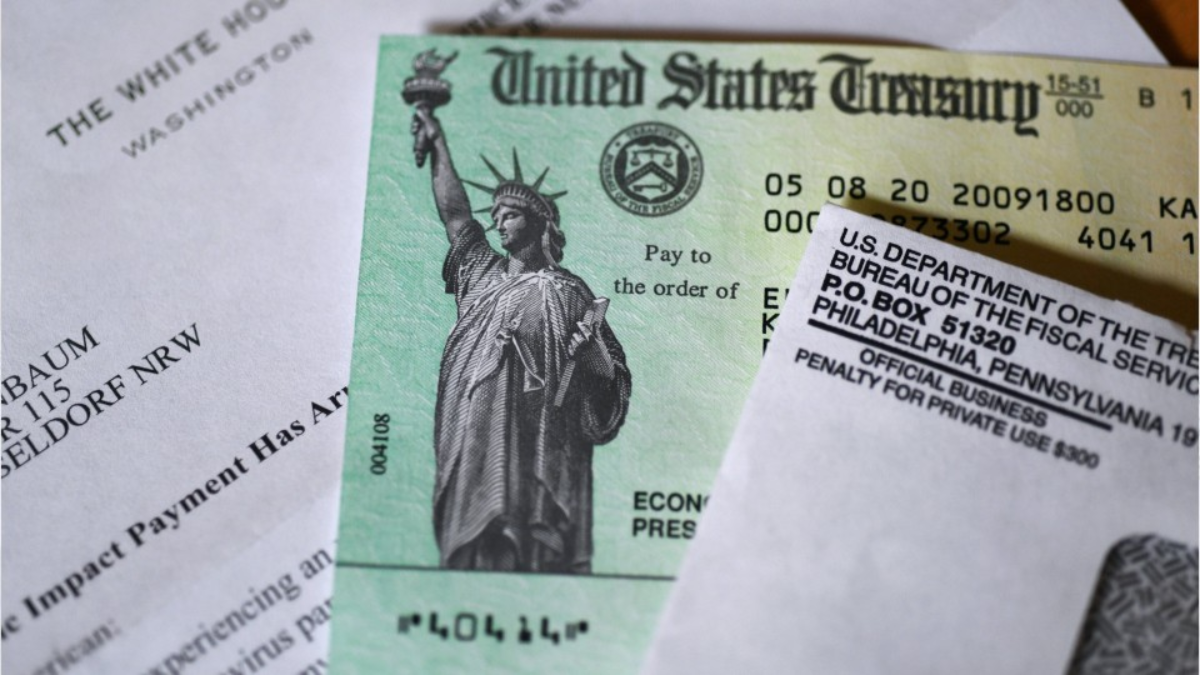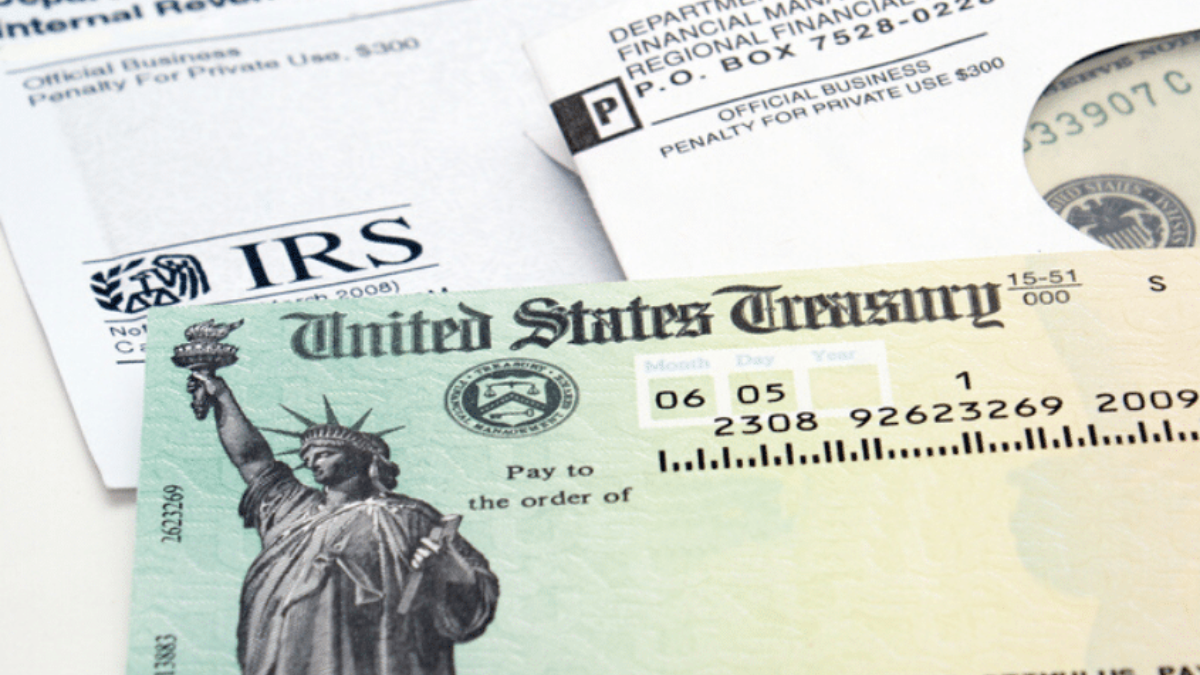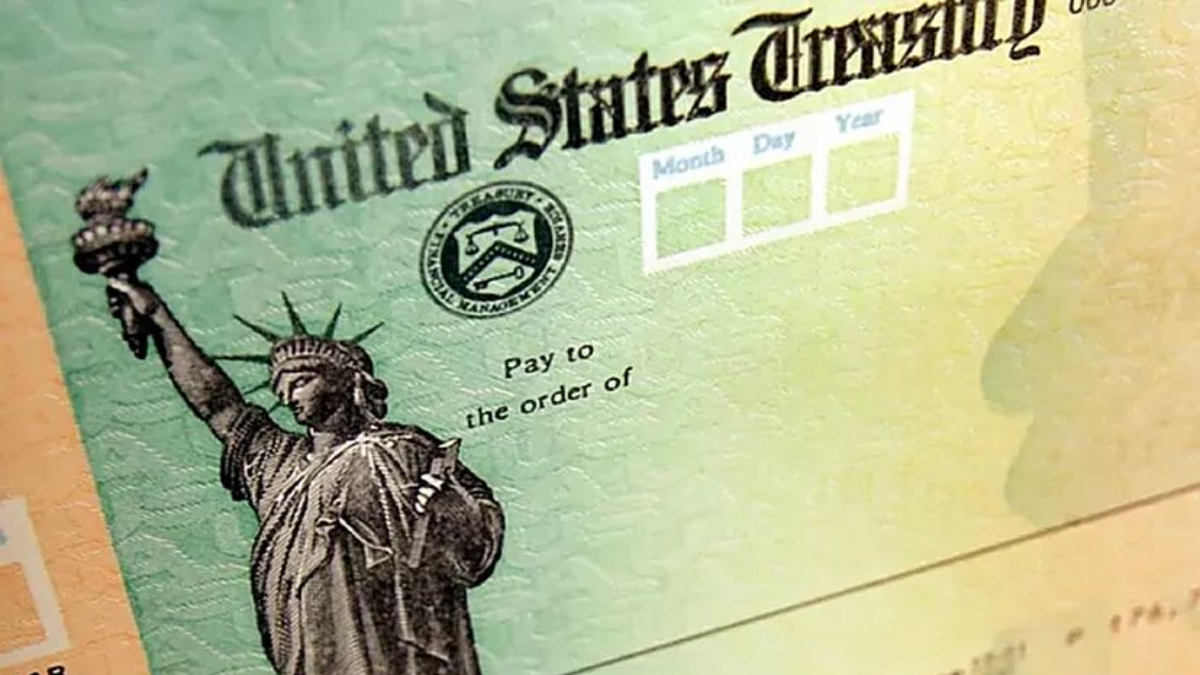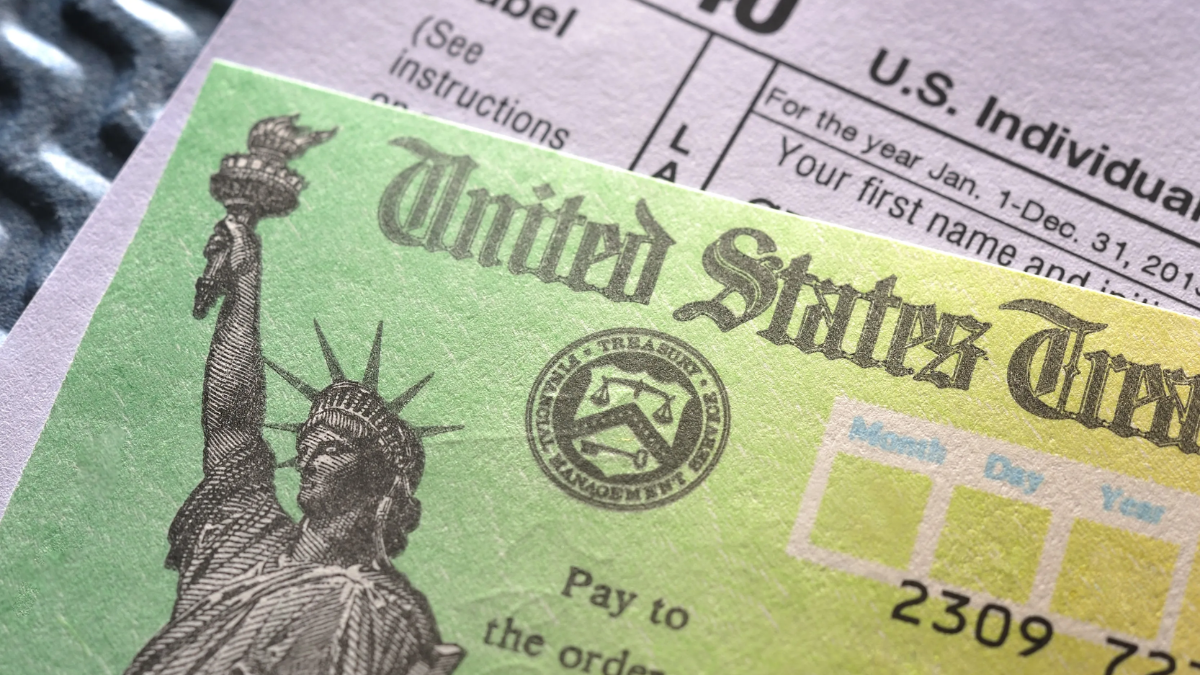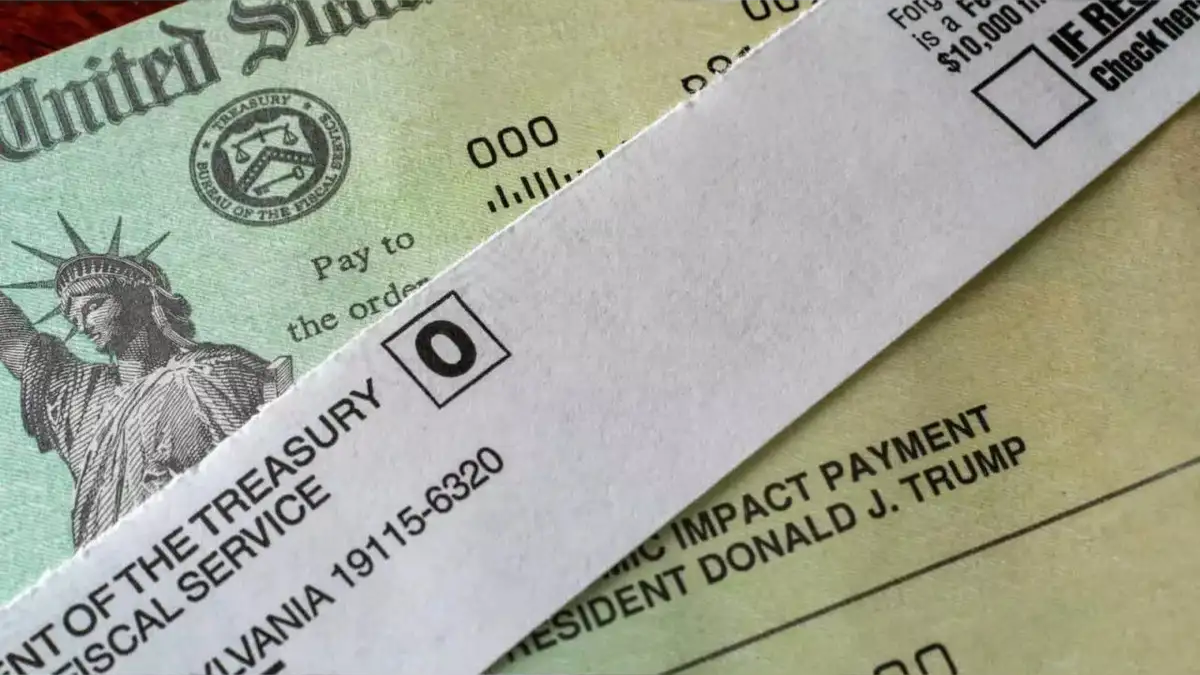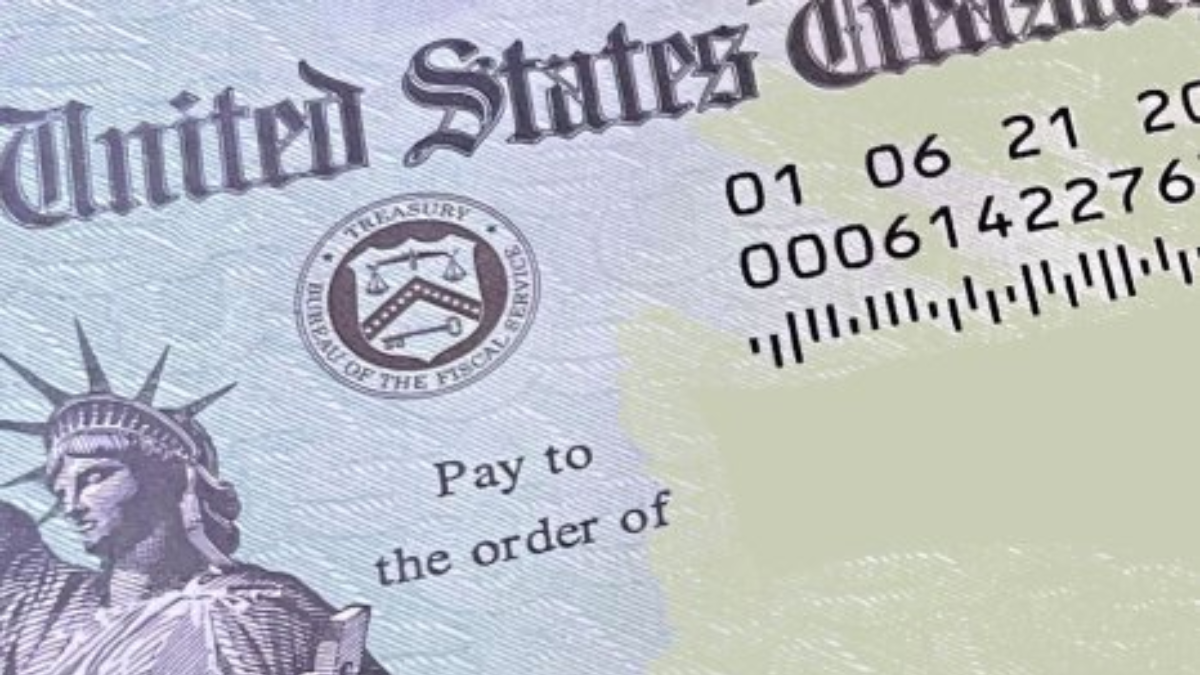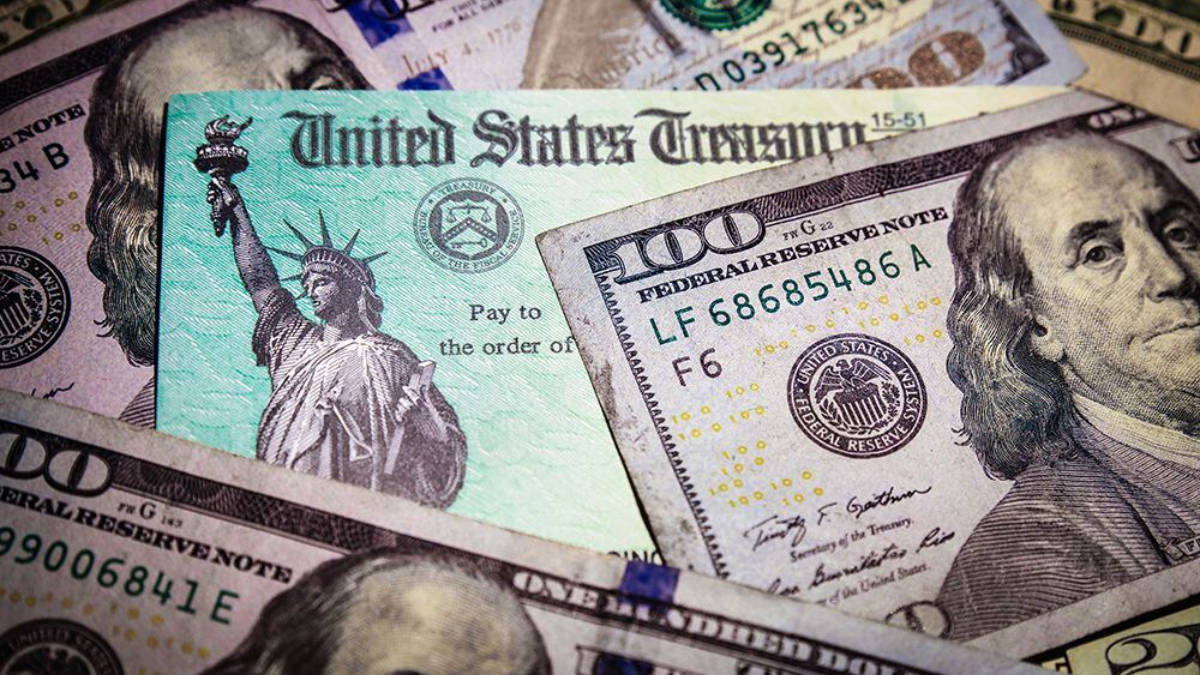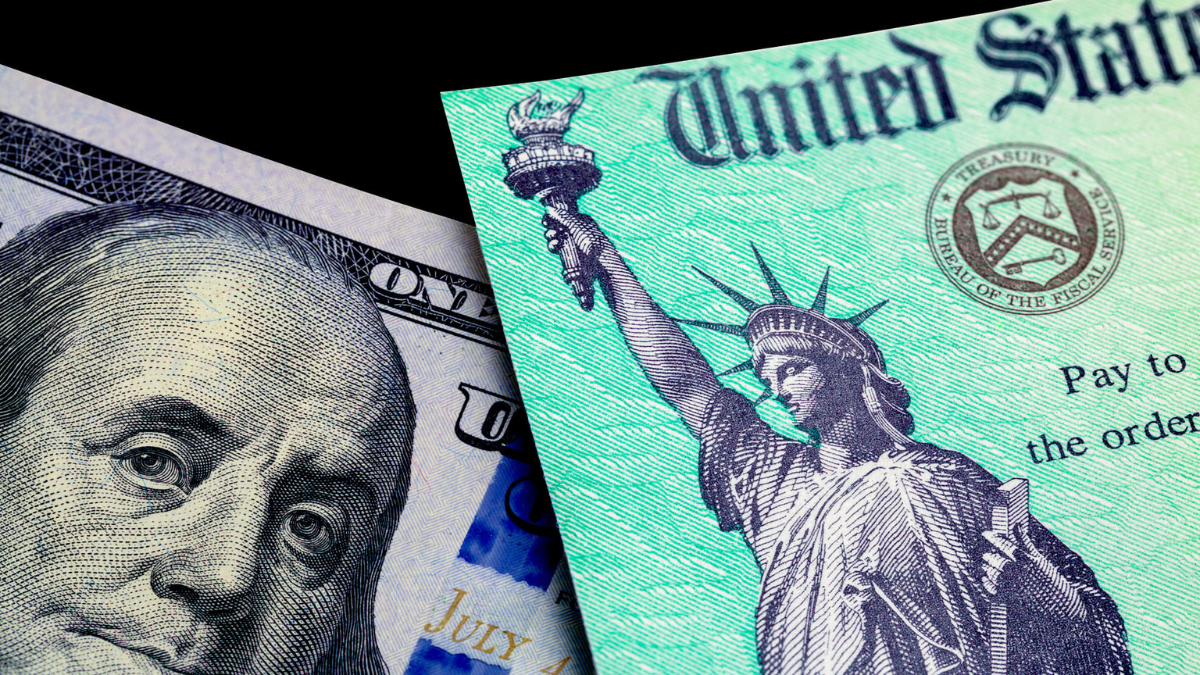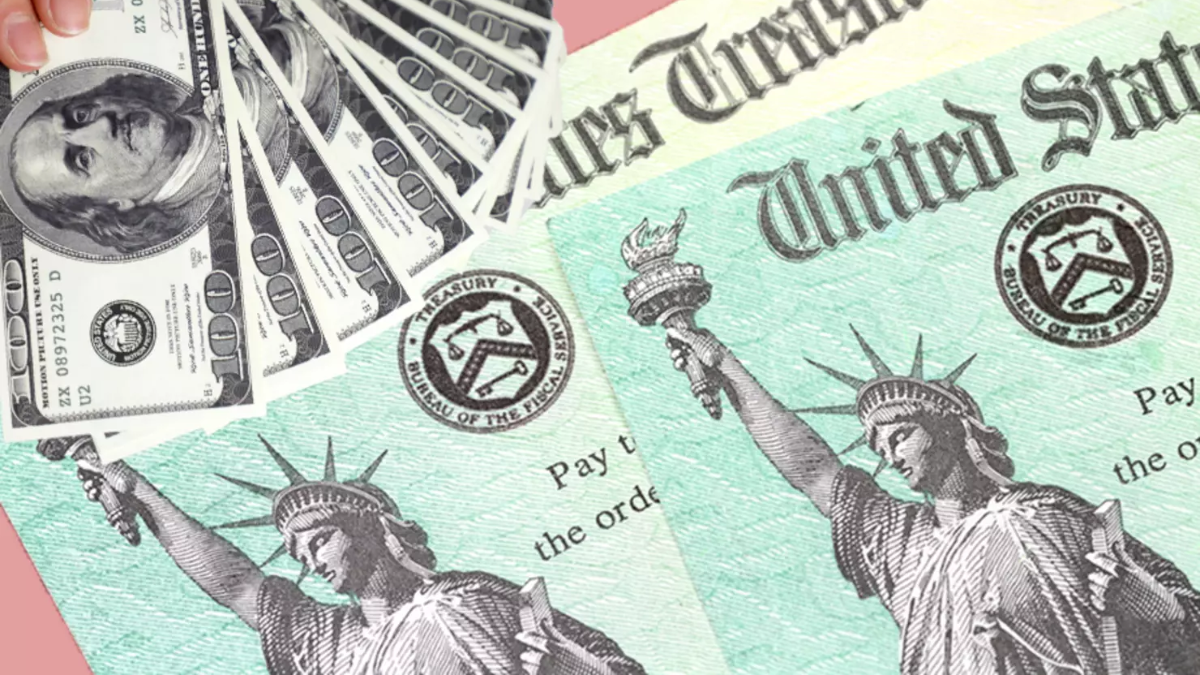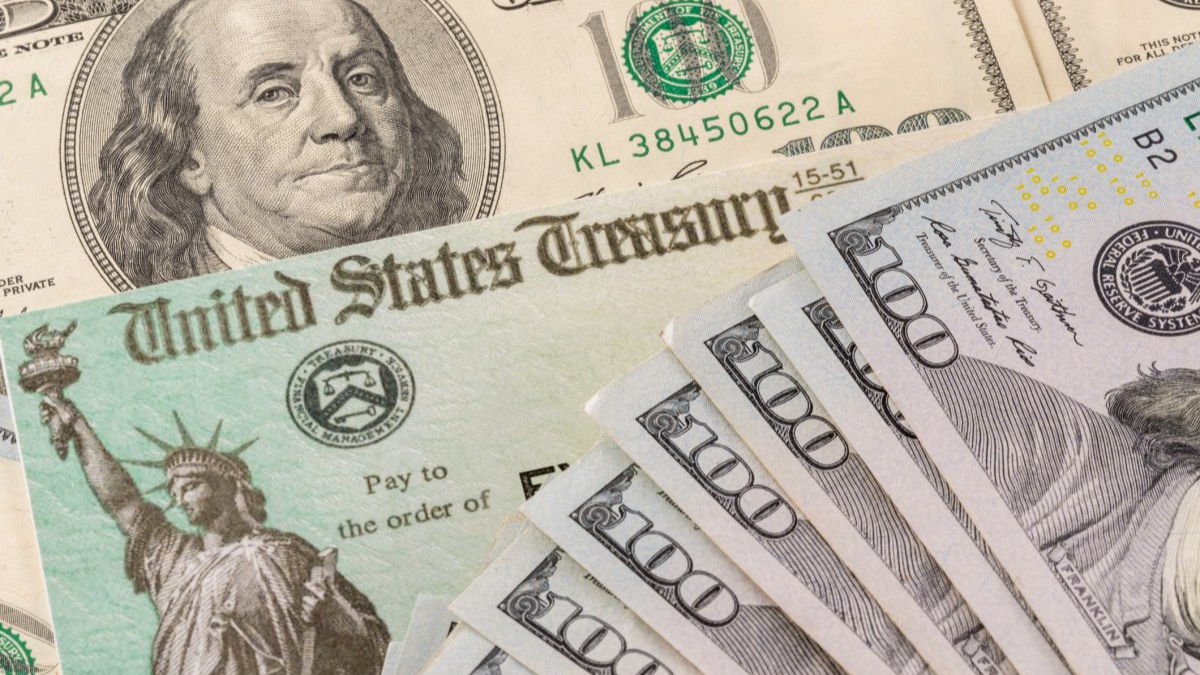The federal government has confirmed the release of a fourth stimulus check worth $2,000, aimed at providing continued relief to eligible Americans still coping with the financial aftermath of inflation, job disruptions, and rising living costs. This new payment will be sent in phases starting next month, and millions of households are expected to benefit. Here’s everything you need to know about eligibility, deposit schedules, and how to prepare.
Who Qualifies for the Fourth Stimulus Check?
To qualify for the $2,000 fourth stimulus payment, individuals must meet specific income and tax criteria. The check is targeted toward low- to middle-income households, with a focus on families, seniors, and individuals receiving certain federal benefits. Tax filing status and dependency claims from 2023 will also influence eligibility.
| Eligibility Criteria | Details |
|---|---|
| Income Limit (Single) | Up to $75,000 annually |
| Income Limit (Joint Filers) | Up to $150,000 annually |
| Dependency Status | Parents/guardians may receive additional amounts per child |
| Tax Filing | Must have filed 2023 tax return |
| Benefit Recipients | SSI, SSDI, VA, and SSA recipients included |
When Will the Payments Be Sent?
The IRS will begin sending payments by the second week of next month, with most recipients getting their funds via direct deposit. Those without direct deposit information on file will receive a paper check or prepaid debit card by mail within 2–3 weeks of the initial release. Notifications will also be sent by mail or email once a payment has been processed.
What Steps Should You Take Now?
To ensure you receive your payment on time, double-check your tax filing status, banking details, and mailing address. If your banking info has changed since your last tax return, it’s important to update your records with the IRS or the relevant agency. Individuals who did not file taxes in 2023 but receive federal benefits will still be eligible, as long as their records are current.
Why Is the Fourth Stimulus Being Issued?
With many Americans still facing the economic ripple effects of inflation, housing costs, and medical expenses, the fourth stimulus aims to provide temporary financial stability. The $2,000 check is expected to help with essential needs such as food, rent, utilities, and debt repayment. It also acts as a cushion for vulnerable populations while broader economic relief programs are still under review.
The $2,000 fourth stimulus check offers timely support for those who need it most. If you meet the criteria, make sure your details are up to date to avoid any delays. Whether you’re a senior, a low-income worker, or receiving federal benefits, this new round of relief could provide a meaningful financial boost in the weeks ahead.
FAQ’s:
1. Will I receive the payment automatically if I qualify?
Yes, if you’re eligible and have filed your 2023 taxes or receive federal benefits, no additional action is needed.
2. What if I didn’t file taxes but get SSI or SSDI?
You are still eligible, and the payment will be sent based on your benefit records.
3. Is this stimulus check taxable?
No, the $2,000 stimulus payment is not considered taxable income.
4. Can I track my stimulus check status?
Yes, the IRS will reopen its “Get My Payment” portal once distribution begins.
5. Will there be a fifth stimulus check?
There is no official confirmation yet, but further relief may be considered based on economic conditions.
